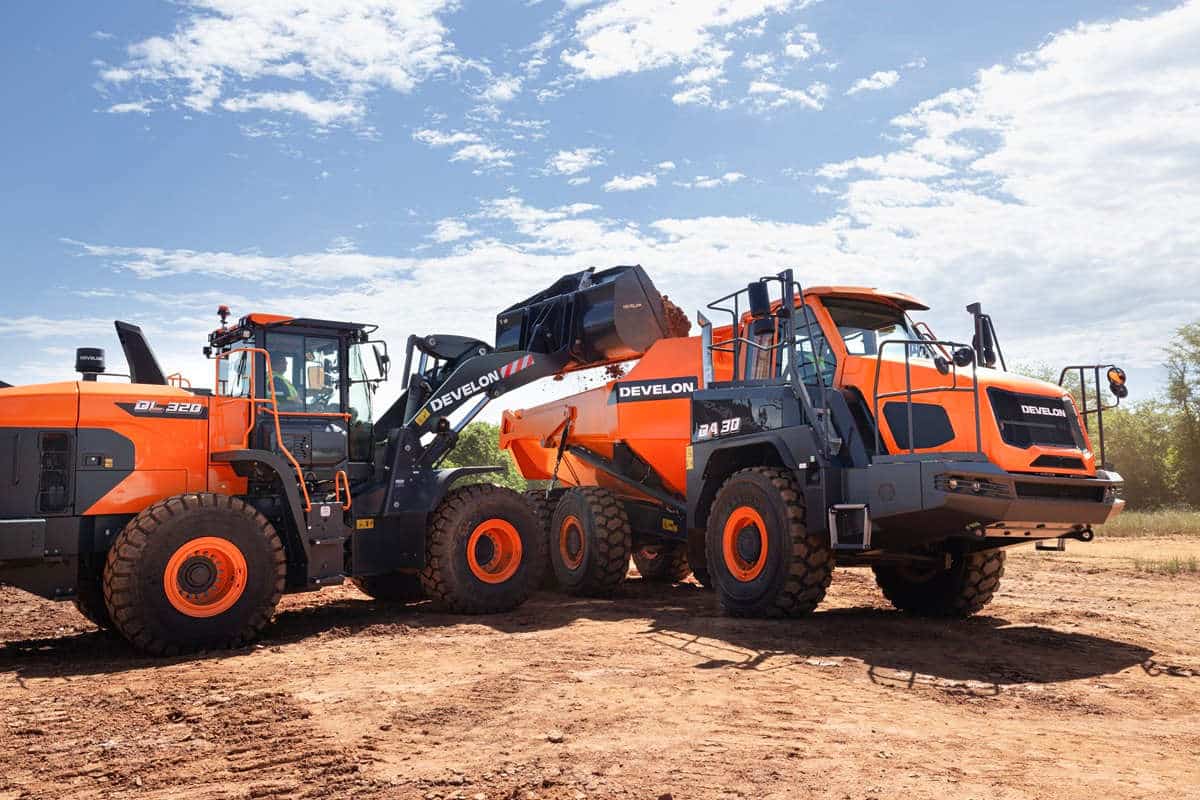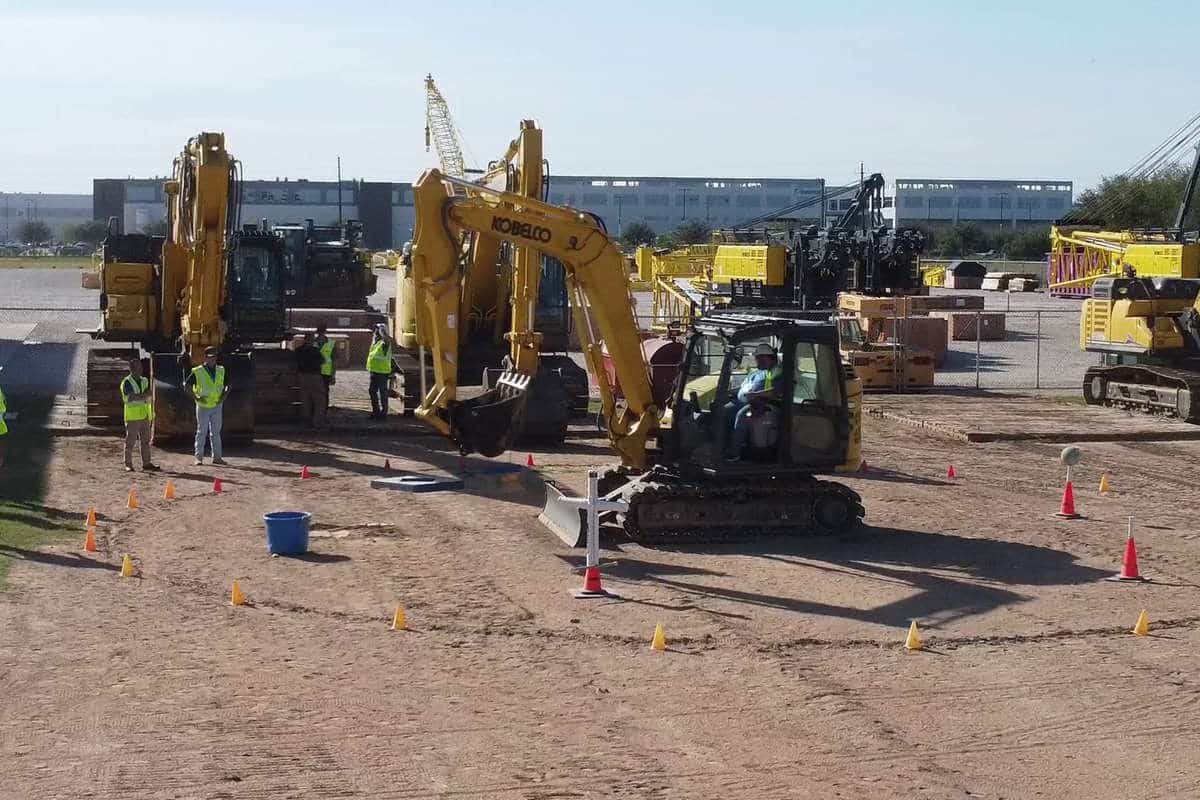Your Mechanic’s Safety Should Not Be Overlooked
A mechanic’s and equipment service technician’s safety is sometimes overlooked. Ask yourself: When was the last time your company focused on providing safety training for mechanics and service technicians in the equipment maintenance shop or in the field with the mechanics truck? What about the shop? When was the last time you took a good look at it to determine how safe it is and if improvements are needed. Based on the fact that most construction companies only have one or maybe a few employees assigned to equipment maintenance, it is not uncommon to find out mechanics and the facilities they work in don’t get the attention to safety they deserve.
Your mechanics and the facility in which they work are fundamental to ensuring your equipment is working properly, so when it is needed at a jobsite, it is ready to go. But what would happen if your best mechanic was injured on the job and unable to work for a few weeks? Or, if your shop caught fire and had to be shut down for repairs especially during the height of the construction season? I realize the simple answer is that you would have the local equipment dealer or shop repair the equipment, but could they provide the service in a timely manner?
More importantly, your mechanics are entitled to a safe place to work and the training necessary to safely perform their jobs. No different than employees working at jobsites, you should never assume that the workers know how to safely perform their job. There are many safety topics that should be discussed with mechanics. Some of these topics would include personal protective equipment, housekeeping, handling gasoline, chemicals and batteries, safe use of jacks and lifts, locking out or blocking energy sources, lifting and handling materials, hand safety, work area ventilation and handling engine exhaust, hazard communications and global harmonization systems, using fire extinguishers and much more.
As for providing a safe place to work — is the shop safe? Are the proper tools and safety equipment provided and available to them both in the shop and in the field? Have job safety analyses been created and used to establish safety rules and procedures for completing different tasks? Are the facility, shop equipment and tools inspected regularly by the safety director? What about the mechanics truck? Are the tools in good condition? Is it well organized and inspected periodically?
Mechanic shop safety recommendations could be as simple as focusing on improving housekeeping. Maybe the needs are more involved such as building an addition or rearranging the shop to eliminate the need to store parts in an upstairs storage area and store them at ground level to reduce lifting-and-carrying injuries and falls.
Tool storage creates a hazard to mechanics when tools are left sitting around the shop on the floor or on work benches. Creating labeled tool storage areas helps to ensure that electric cords, hoses and tools in general are returned to their designated storage space and not left laying around the shop when they are not in use. This reduces trip and fall hazards and also saves time when a mechanic is looking for a specific tool. With that in mind, all mechanics and service technicians should be instructed and held accountable for returning tools to the designated place when they are not needed for the task at hand.
Take a look to see how and where equipment is serviced and repaired. Would reworking the physical layout of the facility improve worker safety and the flow of repairs as they pass through the shop? Is there enough room for workers to repair equipment of all sizes? There are advantages to designating certain areas for short-term repairs and service, and other areas for major repairs that will require the equipment to be in the shop for longer periods of time. By creating designated work areas, you can eliminate hazards created by limiting the need to move large equipment, parts and tools around a limited space.
Painting aisles on the floor of the shop will define work area boundaries which are areas where only the mechanics and service technicians working in the marked work area are permitted to enter. Keeping these aisles clear is critical; aisles should be clearly marked and kept clear of cords, hoses, tools and equipment. As much as possible, visitors, equipment operators and other personnel not assigned to working in the shop should be restricted from entering without authorization. All persons who must enter or move around the shop must transit the space via the marked aisles.
Changing and updating an unorganized shop’s layout has a significant effect on safety. Employers need to take a close look at the physical makeup of the mechanics shop as it affects the safety and productivity of the mechanic. A well-designed shop can dramatically decrease a mechanics exposure to safety hazards and can help to control cost, especially the cost of accidents.
Before making any drastic changes to the shop, sit down and talk with everyone who works there. It’s their facility and they work there day-in and day-out. If you are redesigning the facility, they will be able to tell you what works and what does not, and they will be able to help management understand what can be done to improve safety within the shop area. There will be a greater buy-in by employees who contributed to the improvements and implementation of the shop safety program.
During my years as a consultant, I inspected many shops that were impeccably clean and very well organized. On the other hand, I observed shops that look like they were waiting for the crew from “American Pickers” to come and dig out all the valuable stuff. If your shop looks like that, be sure to clean it out or shut it down before someone gets injured or it burns to the ground. Also be aware that OSHA inspectors can and do occasionally visit construction yards and maintenance facilities during which time they will refer to the General Industry Standards – 29 CFR 1910 when they issue citations, so make certain to refer to these standards when auditing and inspecting the mechanic’s shop.
As the new year rolls in and construction work tends to be in a temporary slow down through most of the country, now is a good time to take a good look at and improve that old equipment mechanic’s shop, train mechanics and services technicians and implement a mechanic’s shop safety program. If you are one of those companies with impeccable facilities, we commend you for your forethought and insight. Happy New Year and remember shop safety is as important to the success of your company safety programs as is the safety of the workers out on the jobsite.
George Kennedy is NUCA Vice President of Safety.




